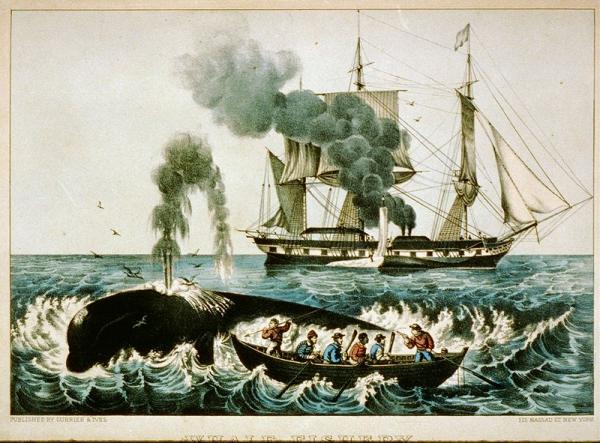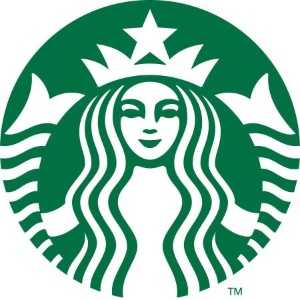Share your coffee stories with us by writing to info@comunicaffe.com.
Who is the lady with the river hair streaks, Anointed with a pentagram crown? She looks dead and lovely like a coffin queen, And even more famous than she is now…
The Starbucks Coffeehouse has handled the hordes of Fast Food Nation, becoming its own cultural emblem of North American living. However, do not base its freshly brewed success on any gemstone of a coffee bean. The Starbucks name goes further back than the company’s inception in 1971, perhaps so far that it may give a few people the caffeine jitters…
The company is said to have adopted the Starbucks name from a secondary character in the 1851 novel Moby Dick by Herman Melville. The character in the novel is described as a Quaker from Nantucket Island, the first mate aboard the ship Pequod. But, what Starbucks does not mention anywhere in their supposed history is that the name “Starbuck” was indeed a real and prominent family name on the very same island of Nantucket, Massachusetts.
 The Mayflower settled in Massachusetts in 1620, a major step in the growth of the Colony, both religiously and economically.
The Mayflower settled in Massachusetts in 1620, a major step in the growth of the Colony, both religiously and economically.
The History of the Starbuck Name
The name Starbuck became well known once Edward Starbuck, a proprietor in the region of New England, was appointed manager of the fisheries in the Massachusetts Bay Colony around 1644. Part of that Colony was Nantucket Island, which was eventually purchased by 9 men, most notably Tristram Coffin in 1659, as part of the British settlement over the Indians.
Later, Edward’s son, Nathanial Starbuck, married Tristram’s daughter Mary Coffin, a lady who grew to be one of the leading members of Quakerism, a mystical religious movement that enveloped the island during that time. When Edward died, his son Nathaniel took over the fishing duties with the help of his Quaker wife Mary Coffin (Quakers are known to have good business sense). The Starbuck family went on to profit so much from their port facilities that they eventually became a whaling dynasty.
Yet, at the very same time as this was going on, around the mid 1600s, another notable family name, embarking from England to Massachusetts, reared its head. It was the Folger family, the very same family who became famous for Folgers Coffee. And as luck would have it, years later in 1720, Anna Folger married William Starbuck, a straight descendant from Nathanial and Mary Coffin Starbuck.
 Nantucket Island was the whaling capital of the world for over a century.
Nantucket Island was the whaling capital of the world for over a century.
Moby Dick and Quakerism
Herman Melville’s novel Moby Dick is steeped in references to the religious qualms and tragic shipwrecks surrounding Nantucket Island. He even stated that the inspiration for the novel was related to the hunting of sperm whales, which mostly originated in that area. So he obviously did not create the Starbuck-Quaker character out of thin air either. In fact, Melville mentions in the novel many other historic names of the time, one being Mary Morrill, who was the wife of pioneer Peter Folger.
Mary Morrill had so many kids that she was the great grandmother of Anna Folger (the one who married William Starbuck), and the grandmother of one Benjamin Franklin. Following the chain, Benjamin Franklin ended up living in Pennsylvania for most of his life, and later became the President of that Colony. Not surprisingly, the Colony, with the help of its founder William Penn, became known as the “Quaker State.”
 The first coffee house in England opened in 1650, and in America not too long after.
The first coffee house in England opened in 1650, and in America not too long after.
Putting it into Historical Context
During the 17th and 18th century, the world was undergoing massive changes associated with commerce, mostly controlled by European merchants. With the rise of the British East India Company in 1600, and their exploitation of exotic commodities, such as spices, tobacco, tea, coffee, sugar, and textiles, a major transition for European life was set in motion. Domesticated tea drinking and coffee houses became a posh habit, inventing a new social pastime for the elite class. Of course, with their ever growing monopoly, transatlantic trade culminated with the chaos of the Boston Tea Party in 1773, leading to the American Revolution.
















